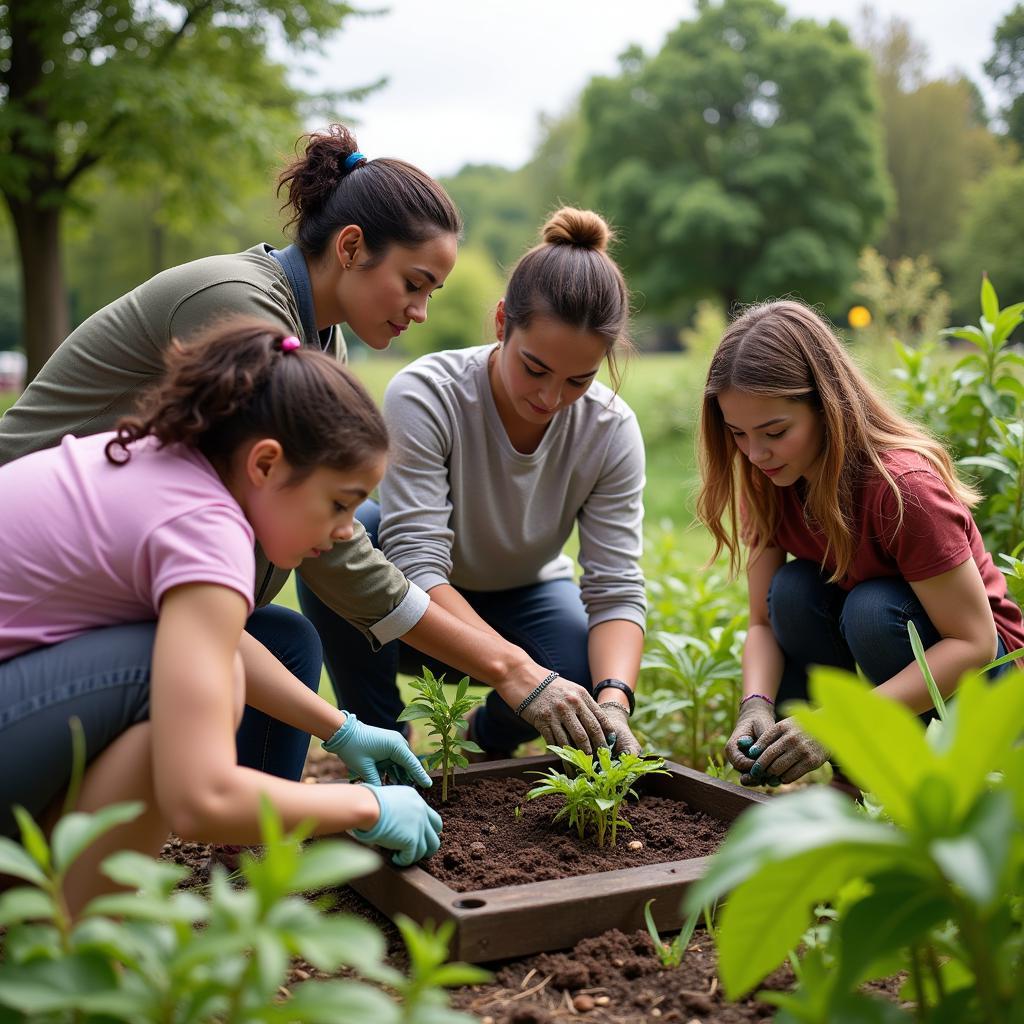The 400 New York Society List, a concept steeped in history and exclusivity, offers a unique lens through which to explore social dynamics, wealth disparity, and the potential for building bridges across divides. This exploration isn’t about celebrating exclusivity, but rather about understanding the complexities of social structures and how they can be navigated to foster greater understanding and peace, even within seemingly disparate groups.
Decoding the 400 New York Society List: Its History and Significance
The infamous “400” list, purportedly created by Mrs. Astor in the late 19th century, represents a bygone era of American high society. This curated list dictated who was considered “in” and “out” of the elite social circles of New York. But what can we learn from this historical artifact in our quest for a more peaceful and understanding world? While the original list may seem irrelevant today, its legacy continues to influence perceptions of social status and power. Understanding the history and impact of the 400 New York Society List can help us dissect the underlying drivers of social division and explore how to bridge those gaps.
One crucial aspect is recognizing the inherent inequality that such a list perpetuates. By defining a select few as worthy of inclusion, it automatically marginalizes the vast majority. This dynamic, albeit in different forms, continues to play out in contemporary society. Examining the list allows us to understand the mechanics of exclusion and the potential for creating a more inclusive society.
Beyond Exclusivity: Finding Common Ground
While the 400 New York Society List represents a historical example of exclusivity, it also presents an opportunity to explore how we can build bridges across social divides. By recognizing the common humanity that connects all individuals, regardless of their social standing, we can begin to dismantle the barriers that prevent genuine connection and understanding.
This involves shifting our focus from superficial differences to shared values and aspirations. Even individuals from seemingly disparate backgrounds often share common goals, such as the desire for a better future for their families and communities. Recognizing and building upon these shared aspirations can pave the way for greater cooperation and understanding.
 Finding Common Ground Across Social Divides
Finding Common Ground Across Social Divides
What Does the 400 List Mean Today?
The 400 New York Society List, while a relic of the past, still resonates in contemporary society. Its influence can be seen in the continued fascination with celebrity culture and the persistent pursuit of social status. While the specific names on the list may have faded into obscurity, the underlying desire for recognition and belonging remains a powerful force. Understanding this dynamic can help us navigate complex social interactions and promote greater empathy and understanding.
One way to achieve this is by actively seeking out and engaging with diverse perspectives. By stepping outside our own social circles and engaging with individuals from different backgrounds, we can broaden our understanding of the world and challenge our own preconceived notions.
“Empathy is the key to unlocking peace. It requires us to see the world through the eyes of others, even those who seem vastly different from ourselves,” says Dr. Emily Carter, a renowned sociologist specializing in social dynamics and conflict resolution.
The Future of Social Connection: Moving Beyond the List
The legacy of the 400 New York Society List should serve as a reminder of the importance of inclusivity and the dangers of exclusivity. As we move forward, we must strive to create a society where everyone feels valued and respected, regardless of their social standing. This involves challenging traditional hierarchies and embracing diversity as a strength. By fostering open dialogue and promoting mutual understanding, we can build a more just and peaceful world for all.
“True social connection transcends superficial markers of status. It’s about recognizing the inherent worth of every individual and fostering a sense of belonging,” adds Dr. Carter. “Building a more peaceful future requires us to dismantle the barriers that divide us and embrace our shared humanity.”
The 400 New York Society List provides valuable insights into social dynamics and the importance of fostering understanding and connection. By learning from the past and actively working towards a more inclusive future, we can build a world where peace and understanding prevail.
FAQ
- What was the 400 New York Society List?
- Who created the 400 list?
- Why is the 400 list relevant today?
- How can we promote social inclusion?
- What is the significance of understanding social dynamics?
Common Situations and Questions
What if I feel excluded from certain social groups? How can I bridge cultural divides in my community?
Further Exploration
Explore other articles on our website about building bridges across cultures and fostering peace through dialogue.
When you need assistance, please contact us: Phone: 02043854663, Email: [email protected], or visit us at: Khu 34, Bac Giang, 260000, Vietnam. We have a 24/7 customer support team.